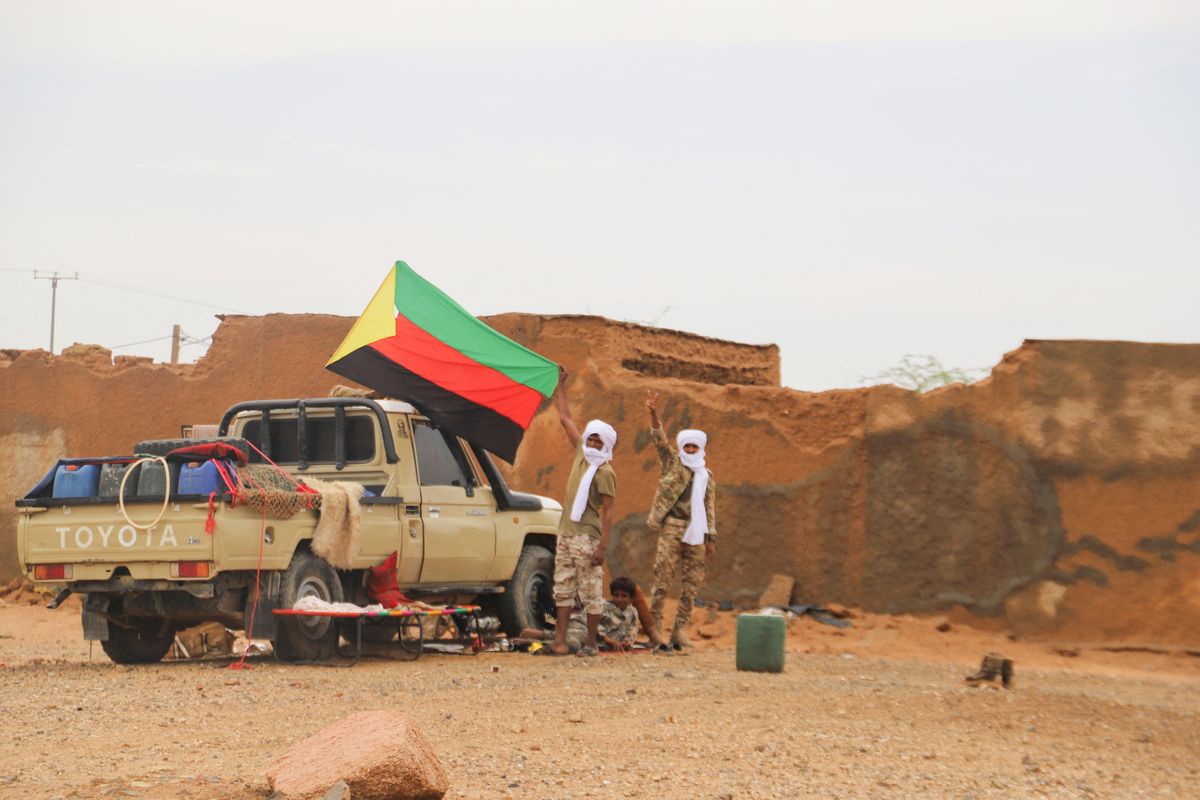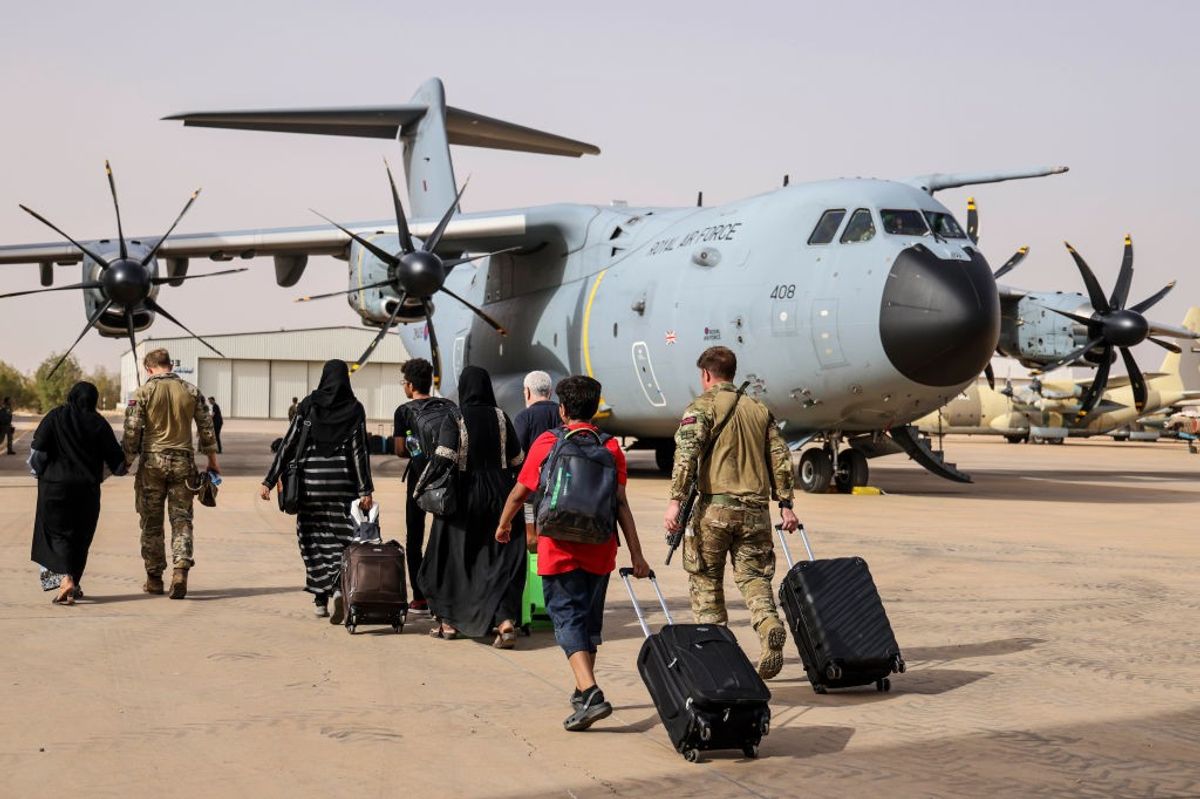At the heart of South Sudan’s descent into chaos is a failed effort at security sector reform. When Sudan’s long civil war ended in 2005, the U.S. – along with other donors – poured money and expertise in trying to transform the guerrilla Sudan People’s Liberation Army (SPLA) into a professional army, the core institution for national defense when South Sudanese voted for independence six years later. These programs failed completely. In 2013, on the eve of the current civil war, the SPLA was a bloated, factionalized, coalition of militias, who split apart along ethnic lines. The reason was the political leadership and strategy adopted by President Salva Kiir Mayardit.
In 2001, the incoming George W. Bush administration linked up with Britain, Norway, and northeastern African nations to energize Sudan’s moribund peace process. The outcome was a compromise peace deal, in which the southern rebel SPLA became the government and army of an autonomous southern region, pending a vote on independence. But the SPLA had not won the war and was not even the biggest or most effective armed group in South Sudan – there were numerous militia groups of uncertain allegiance or, more dangerously, funded and backed by Khartoum (Sudan’s capital).
Kiir became president of the South Sudanese region just a few months after the peace deal was signed. He didn’t trust the Khartoum government to fulfill its promise of a free vote on separation. And not only was the SPLA, perhaps 30,000 strong, not strong enough to fight the northern army in the event of a new war, but it couldn’t even control South Sudan. Kiir’s solution was to devote the majority of South Sudan’s revenue – 98 percent of which was from oil – to a huge payoff to hundreds of militia leaders. This meant that the SPLA’s own commanders had to be rewarded commensurately. Kiir called it the “big tent.” More than 700 commanders were promoted to the rank of general, and each was allowed a personal security unit – anywhere from a company to a battalion, invariably drawn from his own relatives. The payroll indicated more than 300,000 troops, but this included tens of thousands of “ghost soldiers.” This entire system ate up more than half of the national budget.
However, foreign donors chose to believe Kiir’s promises of tackling corruption, state-building, downsizing the military, and security sector reform. The U.S. supported a train-and-equip program that enhanced individual soldiers’ skills and also built a new army headquarters. The British and Ethiopians began with a defense white paper and security strategy, which was shelved. Norway supported the army’s administration and budgeting, but three attempts to create a central roster of troops were sabotaged. Canada tried training the police, but Kiir used the police service as a reserve for second-class soldiers, and the program was assessed as a failure. All were trumped by Kiir’s political calculations.
Kiir succeeded: There was no challenge to the 2011 vote on separation. But his strategy left newly-independent South Sudan at the mercy of an ungovernable army.
Two years later, a political rivalry between Kiir and his recently-dismissed deputy, Riek Machar, turned violent. Small wonder that unit commanders chose sides based on ethnic allegiance, namely Kiir’s Dinka versus Machar’s Nuer. The SPLA was hardly a match for a Nuer youth militia known as the White Army – Kiir had to call on Ugandan troops to turn back the latter’s advance on the South Sudan capital Juba.
As the civil war escalated, Kiir turned to his own Dinka militia, known as Mathiang Anyoor (“brown caterpillars”), run by a provincial governor, Paul Malong (who has since been promoted to army chief of staff). This force has become a praetorian guard, operating the tanks and helicopters seen in action in the capital this July.
On paper, the August 2015 deal that ostensibly ended the civil war promised a strategic defense and security review that would lead to the integration of the warring forces and the creation of a unified national professional army. But Kiir, Malong, and Machar took no steps towards this: Their focus was instead on the details of how many troops from each side would be permitted in the capital. This was transparently a calculus of the balance of force, should the deal collapse. And the peace deal neither resolved the power struggle between the nation’s leaders, nor provided the government with the funds to return to the former “big tent” strategy that might have bought stability for as long as it took to resolve the political disputes.
The international mediators of the peace deal pulled back from an early promise to demilitarize Juba, putting it under UN control. Instead, the two bitter and distrustful armies were supposed to jointly secure the city. The mediators defended it as the standard formula for post-conflict security arrangements. Realistically, it was a recipe for a conflagration.
That is precisely what happened on July 7, when Machar’s bodyguards killed five of Kiir’s soldiers. In response, Malong eliminated Machar’s forces in Juba. Malong and Kiir won a clear military victory in the capital – which has since quietened down – but no military solution is possible across the ethnically diverse terrain of South Sudan, with numerous well-armed groups each determined to defend its locality.
A central element in a working peace deal for South Sudan will be building a viable security sector. Next time around, the strategy should be guided by the country’s political realities, not wishful thinking that South Sudanese leaders are committed to peace and state-building.












